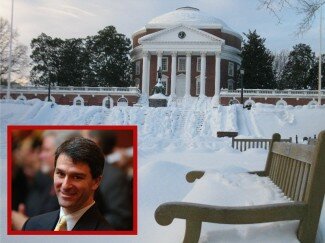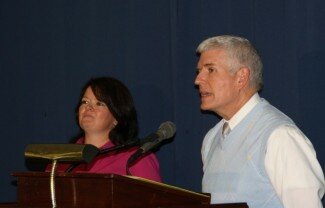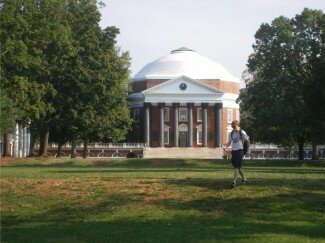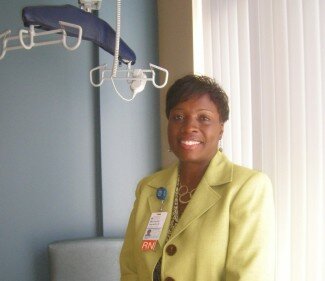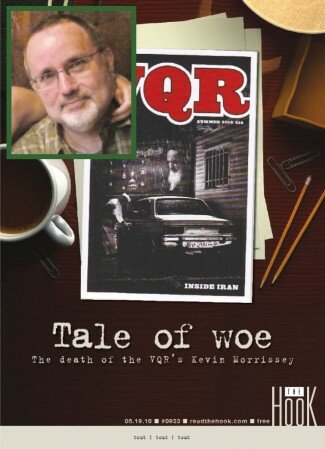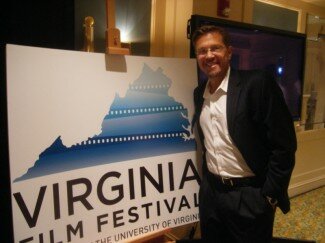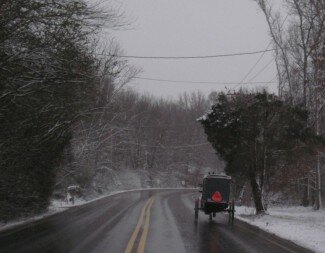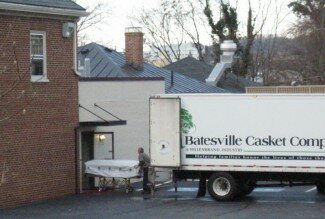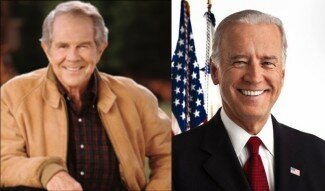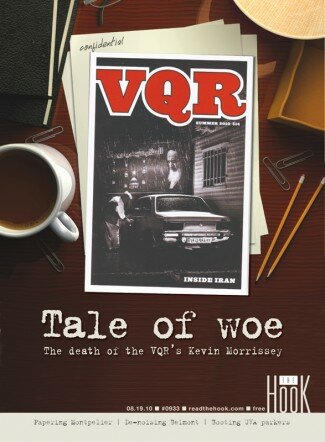 What happened at the VQR?
What happened at the VQR?
HOOK’s 8/19 COVER
On John Casteen’s last official day in office as the president of the University of Virginia, a tragic story, one fit for the pages of the award-winning literary journal that he nurtured, began to unfold.
That Friday, July 30, the managing editor of the Virginia Quarterly Review, 52-year-old Kevin Morrissey, took his own life. Since then, UVA has shrouded VQR behind a wall of silence, changing the office locks, launching an audit, and even routing all incoming telephone calls to the University’s public relations office.
A Hook investigation reveals that behind the staid, Thomas Jefferson-designed exterior of VQR’s headquarters swirl allegations of financial recklessness, conflicts of interest, and a bizarre pattern of management-by-email that drove a staffer to quit. Some say there was also a pattern of bullying that may have pushed a fragile man into tragic oblivion.
What’s more, according to a former VQR employee, University officials have known about some of the personnel problems for at least five years.
An ambitious editor
A group called the Workplace Bullying Institute minces no words about the situation, suggesting that Morrissey’s boss, VQR editor Theodore H. “Ted” Genoways was a bully and that UVA was “unresponsive.” But if Genoways has been cast as the problem, he also appears to be a key source of VQR’s success.
Hired in 2003 at the tender age of 31, Genoways arrived with high hopes and high praise including President John Casteen’s enthusiasm for his “energetic intelligence and visionary thinking.”
He transformed VQR— long known for publishing poetry and short stories on black & white pages— with punchy, magazine-style theme issues and loads of full-color photography. Along with the new look came an expanded mission including hard-hitting non-fiction such as Toni Morrison’s account of the long road to racial integration and an on-the-ground exposé on the capture of Saddam Hussein. Just three years after Genoways arrived, Casteen’s enthusiasm seemed justified as the journal won two National Magazine Awards, bringing new prominence to VQR, and to its young editor.
For Maria Morrissey, however, the older sister of the late Kevin Morrissey, the success also brought heartache. Based on information she gathered from VQR staffers, University officials, police, and her brother’s own notes, Maria Morrissey portrays Genoways as someone who created a work environment so hostile it became unbearable.
“Our family is convinced,” she says, “by all that we have learned since Kevin’s death that, were it not for Genoways’ relentless bullying, Kevin would be alive today.” (more)





 Comments(72)
Comments(72)

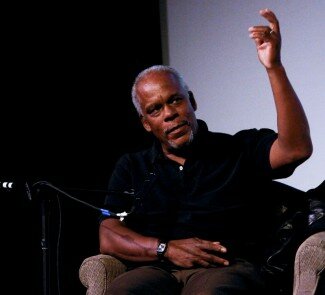
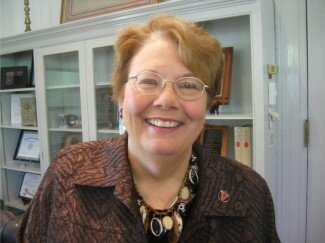
![“I can’t see any situation in which Molly [Minturn] and I would work with Ted [Genoways] again,” says VQR assistant editor/circulation manager Shelia McMillen. hotseat-genoways1](/blog/wp-content/uploads/2010/10/hotseat-genoways1.jpg)


